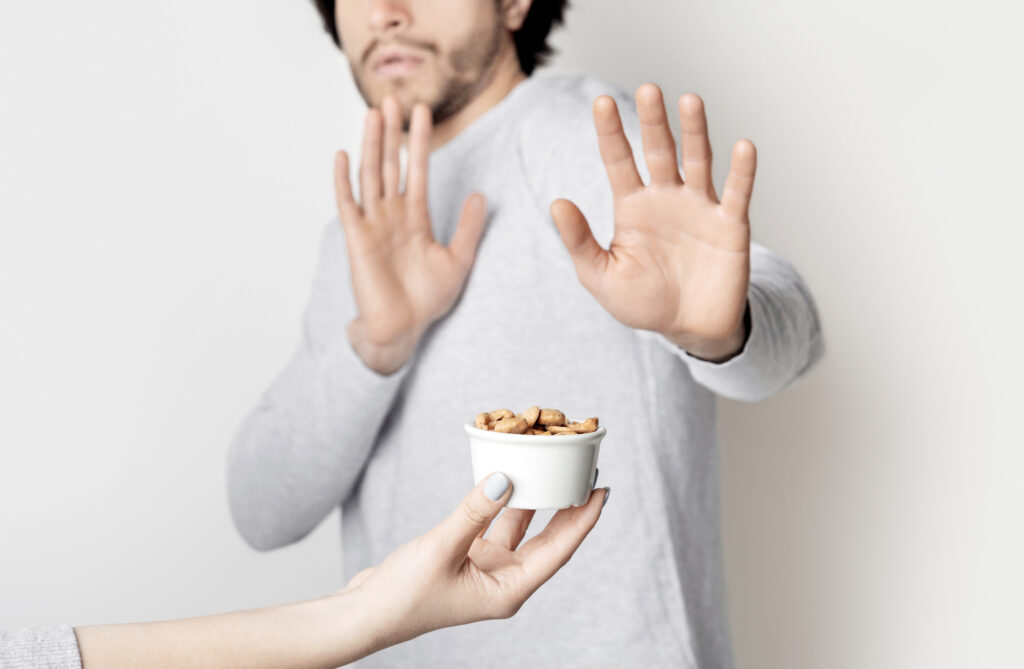
Cooking for someone with food allergies requires extra care and attention, but it doesn’t have to be overwhelming. You can prepare safe and delicious meals by understanding the basics of food allergies, practising proper kitchen safety, and using creative substitutions. Here’s Chef Abdul’s comprehensive guide to cooking for someone with food allergies.
Food allergies occur when the immune system reacts abnormally to certain foods. Common allergens include:
Key Differences
Chef Abdul’s Tip: Always confirm the exact allergy and severity before preparing a meal.
Prevent Cross-Contamination
Organise Your Workspace
Chef Abdul’s Tip: If you regularly cook for someone with severe allergies, dedicate specific kitchen tools to allergen-free cooking.
Dairy-Free Options
Egg-Free Options
Gluten-Free Options
Nut-Free Options
Fish and Shellfish-Free Options
Dairy-Free Veggie Stir-Fry
Ingredients:
Instructions:
Gluten-Free Pancakes
Ingredients:
Instructions:
Nut-Free Energy Balls
Ingredients:
Instructions:
Egg-Free Banana Bread
Ingredients:
Instructions:
Chef Abdul’s Tip:
Add cinnamon or chocolate chips for extra flavour.
Cooking for someone with food allergies may require extra effort, but it’s a meaningful way to show care and consideration. You can prepare safe and enjoyable meals by practicing good kitchen safety and using creative substitutions. Chef Abdul always says, “Great cooking is about inclusivity—ensuring everyone at the table can enjoy the meal.”
Chef Abdul © Copyright 2024. All rights reserved.